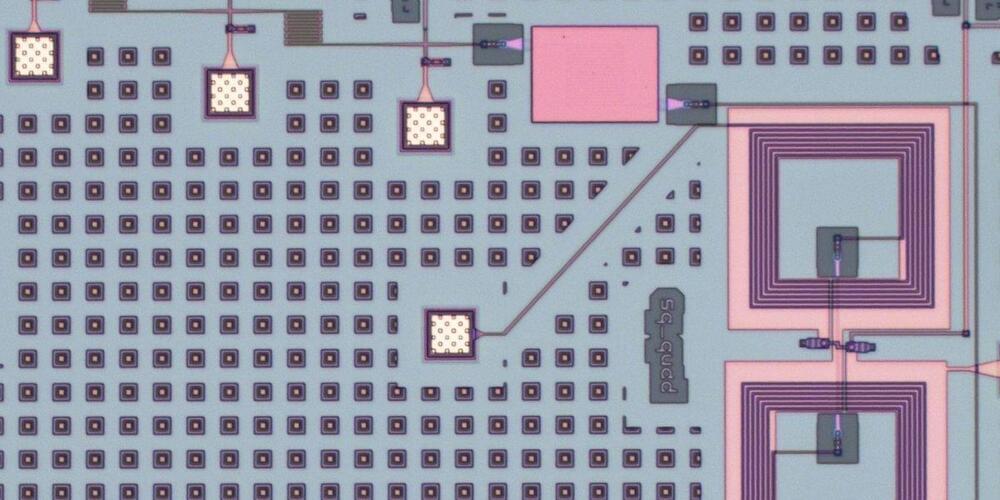Artificial-intelligence systems are increasingly limited by the hardware used to implement them. Now comes a new superconducting photonic circuit that mimics the links between brain cells—burning just 0.3 percent of the energy of its human counterparts while operating some 30,000 times as fast.
In artificial neural networks, components called neurons are fed data and cooperate to solve a problem, such as recognizing faces. The neural net repeatedly adjusts the synapses—the links between its neurons—and determines whether the resulting patterns of behavior are better at finding a solution. Over time, the network discovers which patterns are best at computing results. It then adopts these patterns as defaults, mimicking the process of learning in the human brain.
